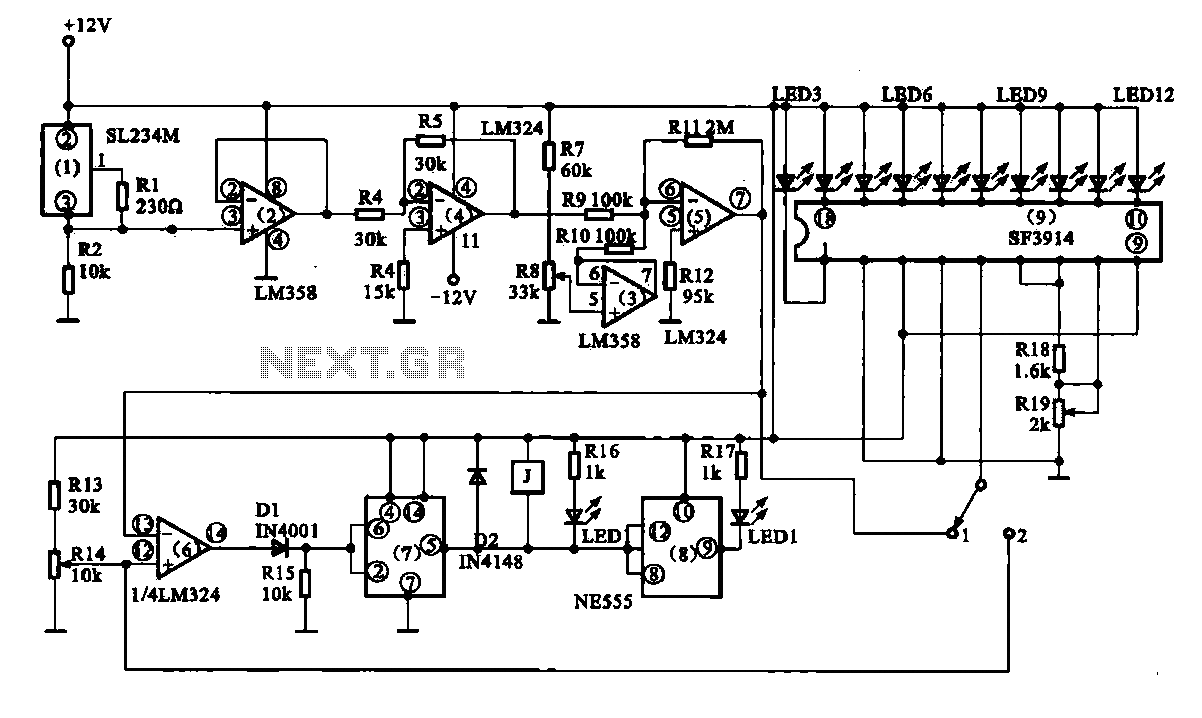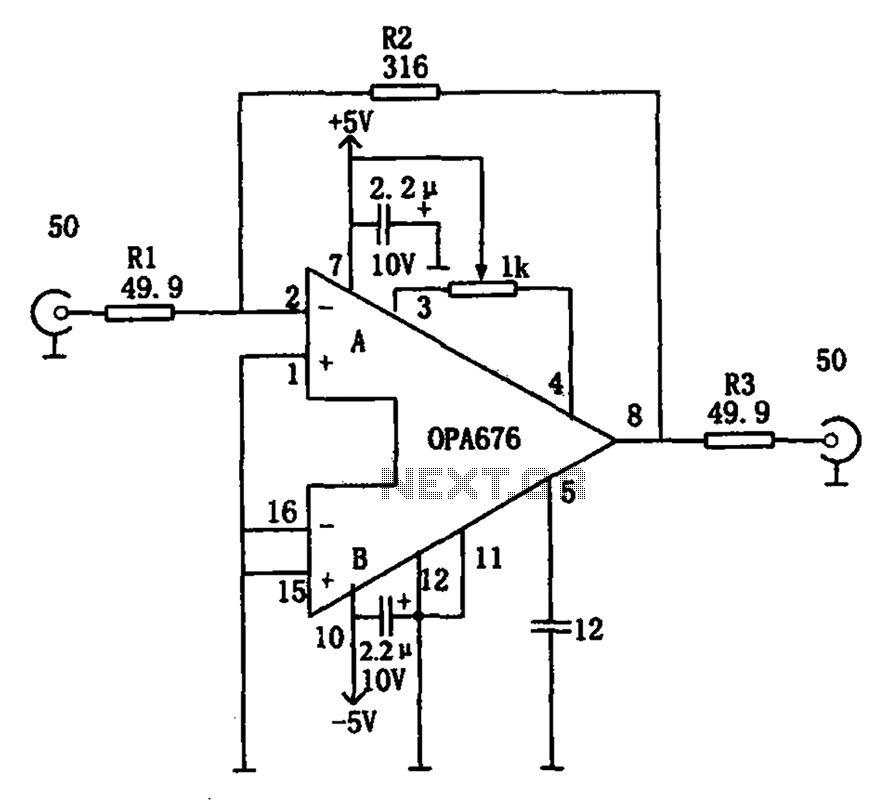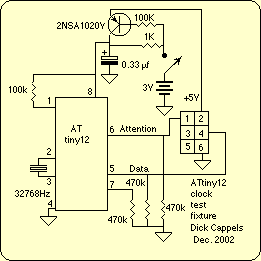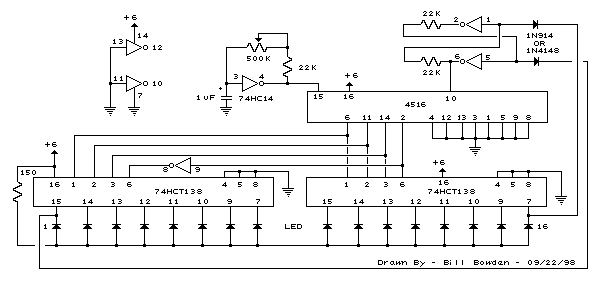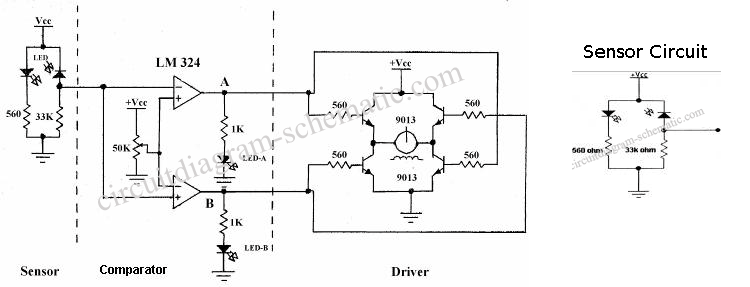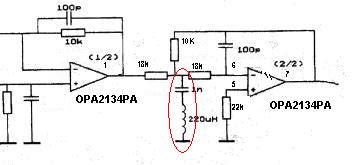
Gas Leakage Sensor Alarm Circuit Engineering Project using 555 Timer and MQ6 SEN 1327 Gas Sensor Module
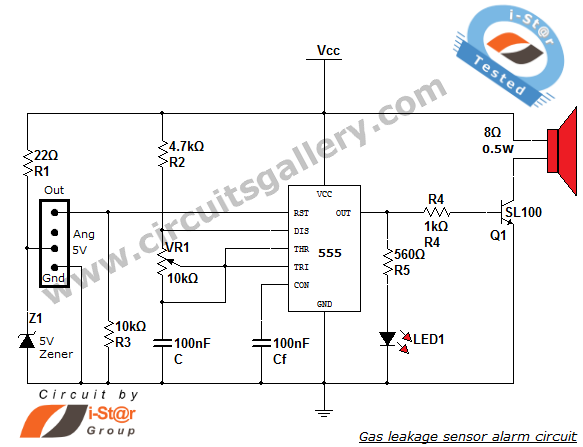
This article discusses a home security alarm circuit designed to detect LPG gas leakage. The circuit utilizes a gas sensor module, SEN 1327, which incorporates a QM 6 gas sensor. The output signal from this gas sensor module is used to drive a 555 timer configured as an astable multivibrator. The 555 timer functions as a tone generator, with the frequency of the tone adjustable by varying the preset resistor VR1. This preset is used to establish the threshold or reference level for the circuit. The SEN 1327 sensor module interfaces through a 4-pin SIP header, where a high voltage at the fourth pin (Reset pin) activates the 555 timer, allowing it to operate as a tone generator.
The home security alarm circuit for LPG gas leakage detection is a critical safety device that provides both audio and visual alerts to the user. The core component, the SEN 1327 gas sensor module, employs the QM 6 gas sensor, which is sensitive to the presence of LPG gas. Upon detecting gas leakage, the sensor generates an output signal that is fed into the 555 timer IC, configured in astable mode.
In this configuration, the 555 timer continuously oscillates, producing a square wave output that generates a tone. The frequency of this tone can be adjusted using the variable resistor (VR1), allowing for customization of the alarm sound. This feature is particularly useful for differentiating between various alarm conditions or for adjusting the alarm to suit the environment's acoustic characteristics.
The circuit's design includes a 4-pin SIP header for interfacing with the SEN 1327 module. The reset pin, when supplied with a high voltage, enables the 555 timer, allowing it to function as a tone generator. This design ensures that the alarm system is responsive and can effectively alert users in the event of a gas leak.
Overall, this LPG gas leakage detection circuit is a straightforward yet effective solution for enhancing home safety, utilizing commonly available electronic components to create a reliable alarm system that can be easily implemented in residential settings.In this article we will be discussing about a home security alarm circuit. This is a LPG gas leakage sensor circuit that detects the outflow of LPG gas and alerts the user via audio and visual indications. The heart of this simple engineering project is a gas sensor module SEN 1327. QM 6 gas sensor is used in this SEN 1327 module. The output sign al from this gas sensor module is used to drive a 555 timer astable multivibrator. Here 555 timer works as a tone generator, the frequency of tone can be altered by varying the preset VR1. A preset employed in the module is used to set the threshold or reference level. Interfacing with the SEN 1327 sensor module is done through a 4 pin SIP header. High voltage at the 4th pin (Reset pin) enables timer IC 555, which is wired as an astable multivibrator.
The multivibrator essentially works as a tone originator. 🔗 External reference
The home security alarm circuit for LPG gas leakage detection is a critical safety device that provides both audio and visual alerts to the user. The core component, the SEN 1327 gas sensor module, employs the QM 6 gas sensor, which is sensitive to the presence of LPG gas. Upon detecting gas leakage, the sensor generates an output signal that is fed into the 555 timer IC, configured in astable mode.
In this configuration, the 555 timer continuously oscillates, producing a square wave output that generates a tone. The frequency of this tone can be adjusted using the variable resistor (VR1), allowing for customization of the alarm sound. This feature is particularly useful for differentiating between various alarm conditions or for adjusting the alarm to suit the environment's acoustic characteristics.
The circuit's design includes a 4-pin SIP header for interfacing with the SEN 1327 module. The reset pin, when supplied with a high voltage, enables the 555 timer, allowing it to function as a tone generator. This design ensures that the alarm system is responsive and can effectively alert users in the event of a gas leak.
Overall, this LPG gas leakage detection circuit is a straightforward yet effective solution for enhancing home safety, utilizing commonly available electronic components to create a reliable alarm system that can be easily implemented in residential settings.In this article we will be discussing about a home security alarm circuit. This is a LPG gas leakage sensor circuit that detects the outflow of LPG gas and alerts the user via audio and visual indications. The heart of this simple engineering project is a gas sensor module SEN 1327. QM 6 gas sensor is used in this SEN 1327 module. The output sign al from this gas sensor module is used to drive a 555 timer astable multivibrator. Here 555 timer works as a tone generator, the frequency of tone can be altered by varying the preset VR1. A preset employed in the module is used to set the threshold or reference level. Interfacing with the SEN 1327 sensor module is done through a 4 pin SIP header. High voltage at the 4th pin (Reset pin) enables timer IC 555, which is wired as an astable multivibrator.
The multivibrator essentially works as a tone originator. 🔗 External reference
